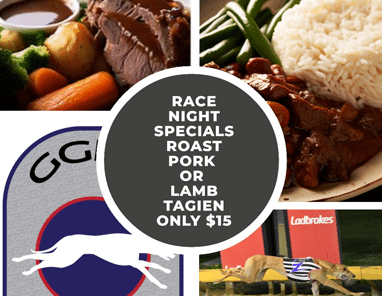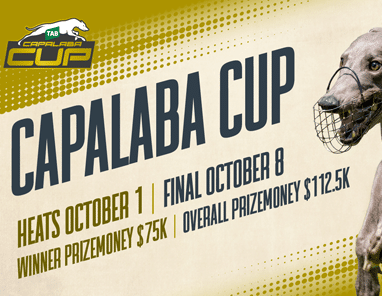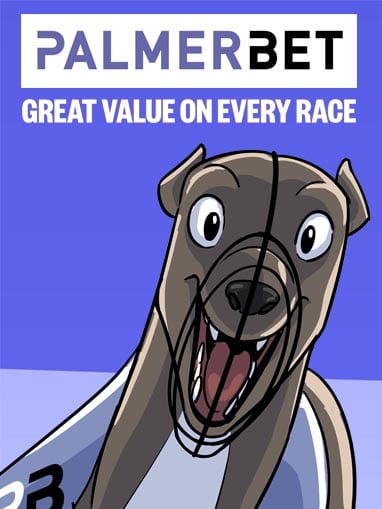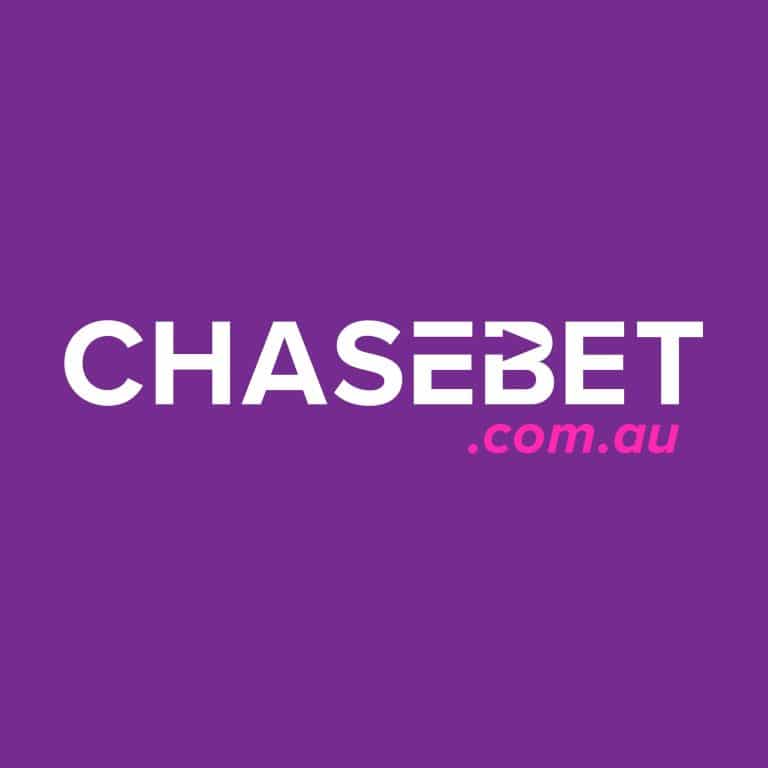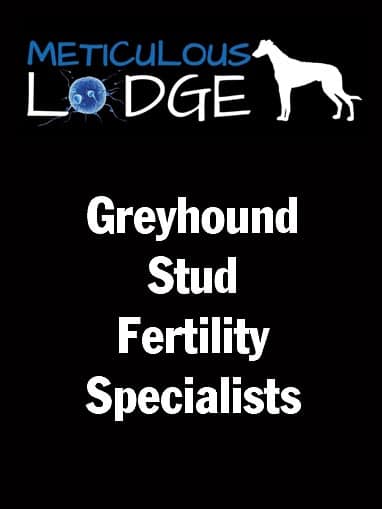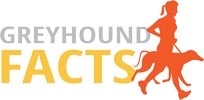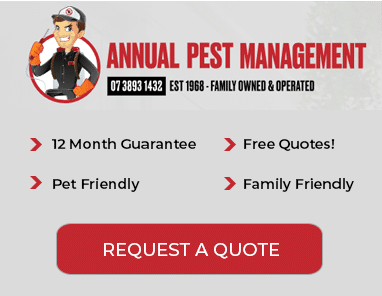
By TERRY WILSON
FOR John Catton it was a case of being brought up learning all about greyhounds in the backyard – much like many of our cricketing stars have done.
Well before he reached his teens a then young Catton would jump the back fence of his family home for a pre-breakfast snack of toast and tea with the man who was to become his guiding light, former trainer Jim Chapple. Part of this routine involved helping Jimmy out by walking dogs around the streets of Kurwongbah, on Brisbane’s northern fringe, and this is where the greyhound bug first bit him.
Fast forward to the current day and big John has been consistently increasing the size of his involvement ever since he gained his first trainer’s licence. He has been president of the Capalaba Greyhound Racing Club for a number of years and understandably rates the bayside Brisbane complex as his favourite track.
Along with his skills as an administrator Catton has also been very proficient in the preparation of greyhounds for racing days.
1. How and when did you get involved in greyhound racing?
A: I was involved at age of five. I used to jump the back fence to the neighbour’s property and have a cup of tea and toast around 5am, help walk the dogs around the streets. Jimmy Chapple was a Gabba trainer back in the day and always had about 10 dogs. I used to play with his grandson Michael and that’s where I learnt about the greyhounds and went on to be Jimmy’s shadow. Also, through our long-time family friends the Sherwoods – Faye and ‘Big Al the Punters Pal’ – I was always helping doing something around dogs. I was there just about every day and as I got older and Cole Sherwood trained my first dog.
2: Who has been the greatest influence on you as a trainer?
A: I started training in my own right only about 10 years ago and Mike ‘Tricky’ Stephenson was a great mentor to me then. I was living out at Kurwongbah and I bred a litter of pups from one of my race bitches and I reared them myself, so I thought I would have a go at training. I would head over to Lawnton a few times a week to slip the pups and educate them. Mike was always there to keep me on the right path. I know he will want me to say this and he isn’t a bad bloke either, ‘oh and he looks so young for his age’, but deep down ‘Tricky’ loves to help anyone. And the old fella is still helping new participants. Gemma Daley is doing a brilliant job in her first year as a trainer, and ‘Tricky’ is helping her as much as she needs him.
3: At what age do you start preparing a pup for racing?
A: I start educating my pups from the day they are old enough to get around and chase a ball and squeakers. There isn’t a right age, but the younger the better, in my opinion, and the easier they handle noises and different environments. I start walking them on a lead from about 12 weeks.
4: How long does it take to prepare a pup for its first race?
A: Once they get to about 12-14 months and they learn to chase and grab on through training it generally takes anywhere between 17-22 months. They generally tell you with their times in trials. I make sure their bones and ligaments are at one to handle racing first, and they are well developed physically and fit.
5: What makes a good pup?
A: Plenty of handling from a very young age and feed them the best diet, as I believe what you get out of a dog is mostly done at rearing. It’s an expensive investment and when rearing them you take no short cuts. So, the good ones are generally well all-rounded pups that don’t spook with noises, have an outgoing nature and generally have a nice physique. If I pick a pup early I like to see all these traits.
6: Do you do anything special when preparing a young dog for its maiden compared to a seasoned performer?
A: Yes, young dogs are generally a lot more lively and everything is all new. When I’m trialling and pre-training I put them in the kennels for 30 minutes before I trail. I weigh them, and put a race rug on and do all the things you do on race day. Greyhounds are very habitual and teaching them the little things prepares them for the debut. Everything is the same as a trail day and generally they stay calm.
7: Do you have a set routine for all your greyhounds or do you vary training for individual runners?
A: Every dog is perhaps a little different and I train them based on their strengths. I’m a strong believer in the straight track and it’s a very good training tool. Capalaba is a great asset to our industry and I use the track between runs for my dogs as well as free gallops in a large paddock for them to enjoy their training. Some dogs don’t need much work and then stayers need a fair bit of extra training.
8: Do you have any unique or unusual methods you would like to share in regard to training?
A: I don’t think anything I do is unique, but recovery after a race is a key. So I like to give them a nice warm/hot hydro bath the day after their race, then leading into a race I let them have at least 36 hours of rest to prepare the body before they compete.
9: Do you swim your dogs as part of your training regime?
A: Actually I do through summer, and I have been known to grimace in the cold through winter and take a few for a swim, if they have had a hard race. The cold, salty water on the muscles the day after the run really soothes soreness. One day I will put in a water walker at home.\
10: How frequently do you like to race your dogs?
A: I like to program my dogs’ races based on their performance and fitness. Generally as a rule seven days apart.
11: What’s your training routine for dogs between races?
A: I touched on this earlier, but I like to use the straight based on a dog’s performance or a top-up of fitness. If I believe the dog struggled to run a strong 500m I would give them a straight slip of about 350m. If a dog is fit, I generally would just give them a free gallop at home and a short slip at Capalaba three days out from their next race.
12: Do you do all muscle work on your dogs or do you use a professional muscle man?
A: I have had a really good mentor in Terry Priest. He has shown me so much and I look and listen why he does things on his dogs – and the reason why they are sore. It’s so beneficial just to be able to identify a dog’s problems after a run. I check my dogs the morning after a run, and get to work on them straight away – unless a dog gets really hammered in a run and pulls up lame.
13: Do you do treat all injuries to your dogs yourself?
A: Anything muscular and not skeletal, yes, anything more I take to the vet. Having a good vet is key, someone with knowledge of greyhounds is also essential. Gerry King has moved to live almost on my doorstep so I’m lucky to have him a lot closer now.
14: Which is the best greyhound you have trained?
A: Upper Class Lad was a really nice dog. He held the Capalaba track record before Leeroy Rogue and could really run some times. He went to Melbourne and ran some very good times down there and had a few injuries, but unfortunately two weeks after coming home broke a hock in the Townsville Cup heats and his career ended prematurely. But Jasper The Jet I think may be on his way to being my best, if I can keep him sound. He has had a few issues, but is just a brilliant beginner and can run some brilliant sections, and I think he can win a couple of real nice races. I think I would say Jasper is my best as a trainer to date.
15: What do you consider is the best greyhound track in Australia and why?
A: I’m going to be biased and say Capalaba. It’s the track of future champions. They all seem to come through Capalaba and go on to greater heights. It’s a very safe track, it’s a great way to hone your dog for the circle, and best of all, it’s the friendliest place to race at.
16: What does the industry need most going forward?
A: Look I’m sure we all know that safer tracks are the future of racing, but right now Queensland is desperate for a one-turn track for the good of our young dogs. They learn to run straighter racing lines from the outset and they learn better racing traits. Looking forward there is a shortage of specialist vets and professionals to move along with the industry, and I think we need to look at training of younger persons who want to get involved in the industry and recruit and nurture these for future generations.
17: What is the best advice you could give someone just starting out as a trainer?
A: Do as much research as you can, speak to as many people involved in the industry from all levels and learn from the mistakes of others. Understand that being a trainer, be it part-time or full-time is seven days a week – and you must be well prepared in advance.


